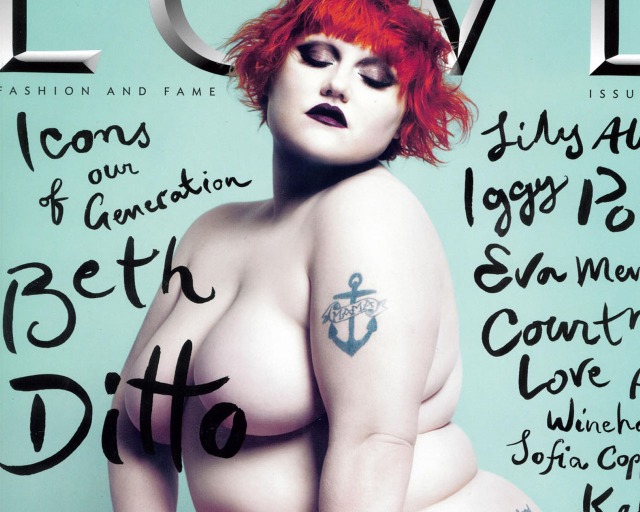A still from the uncensored version of Robin Thicke's video, directed by Diane Martel.
Nudity has long been associated with exploitation. Historically, it was imposed on slaves because of its connotations of savagery, and although those connotations have diminished, there have also been associations with sexual exploitation that remain today. The debate surrounding Robin Thicke’s video seems to suggest that there are still a large number of people who assume that any women who is naked is being exploited. Organisations like Object and UK Feminista rally against “the sexualisation of women”[1]. Though this is a noble aim, its supporters too readily conclude that all nude images in pop culture are sexually motivated and/or exploitative. I felt the need to join this discussion to stress that the relationship between nudity and sexualisation is not inherent or universal. Sexualisation and nudity are not equivalent. Indeed, Roland Barthes proposes that a glimpse of flesh is far more erotic than a fully nude body. A small area of bare skin where garments gape, or as a woman undresses, can be far more sexually charged than total nudity. This progress towards nudity, and apparently illicit glimpses of flesh through clothed bodies, can make some videos far more sexually charged than Robin Thicke’s Blurred Lines. There are numerous videos which present cavorting dancers, fully clothed, that appear far more sexually exploitative. The issue is behavior, not nudity.
Miley Cyrus' video for 'We Can't Stop' is far more sexually charged than Robin Thicke's, even though there is no nudity. It is the behaviour, not the quantity of flesh, that leads to sexualisation.
To imply that depictions of nude women are exploitative, purely because they are unclothed, vastly over-simplifies the issue and is potentially dangerous for impressionable audiences. If we declare that nakedness connotes exploitation, we risk encouraging shame among women who are naked in any context. To be appreciated naked by a partner, or even a wider audience, ought to be confidence-boosting. Instead, those moments will be filled with anxiety.
This discussion inevitably involves mention of the kind of body that is represented in the media: slim, young, and beautiful. Many feel that these ‘ideal’ bodies contribute to self-esteem issues among audiences with more ‘natural’ figures. Though it is true that the women in Blurred Lines are beautiful and modelesque, that does not make them unnatural. Slim bodies, just like larger bodies, are part of the natural spectrum of shape and size. We should not seek to exclude these slim bodies any more than we should exclude fat bodies.
Though less common, the depiction of fat or imperfect bodies can be even more controversial. These images have to face accusations of being “grotesque” [2]. Nude images of Gossip singer-songwriter Beth Ditto (see below) are not often labeled as sexually exploitative, but are often presented as gross spectacle.
Beth Ditto has frequently posed naked. These images are viewed as grotesque rather than sexually exploitative, potentially subjecting Ditto to a different but equally damaging kind of exploitation.
If it is currently impossible to view fat bodies in the same terms as thin, perhaps diversity is one way to encourage a change in perception. In other fields, such as fine art, all bodies are represented equally. The nude mothers of photographer Jade Beall, the distorted flesh of Jenny Saville’s paintings, and Marc Quinn’s sculpture of Alison Lapper, are all praised for celebrating the female nude. In music videos, however, where we expect a slim and attractive star like Rihanna to appear naked in a bath, we would never expect someone as curvaceous as Adelle to strip off for the camera. The problem is not that Rihanna is naked, rather that Adelle isn’t.
Three problems arise from this discussion: firstly, there is the assumption that all nude images are sexually motivated; secondly, that they are all exploitative; and thirdly, that these first two only apply to images of women who are slim and beautiful. We need to remind audiences that it is okay to celebrate sex, and that those celebrations should be inclusive. We should make clearer distinctions between sexualisation and nudity, without implying that sexuality should be taboo.
References:
[1] Object: Women not Sex objects, http://www.object.org.uk/files/OBJECT%20FAQ.pdf
[2] Mashrabiyya, ‘In Vogue: Women, Beauty, the Grotesque, and the Other'
Reposted from http://barbarabrownie.wordpress.com/



